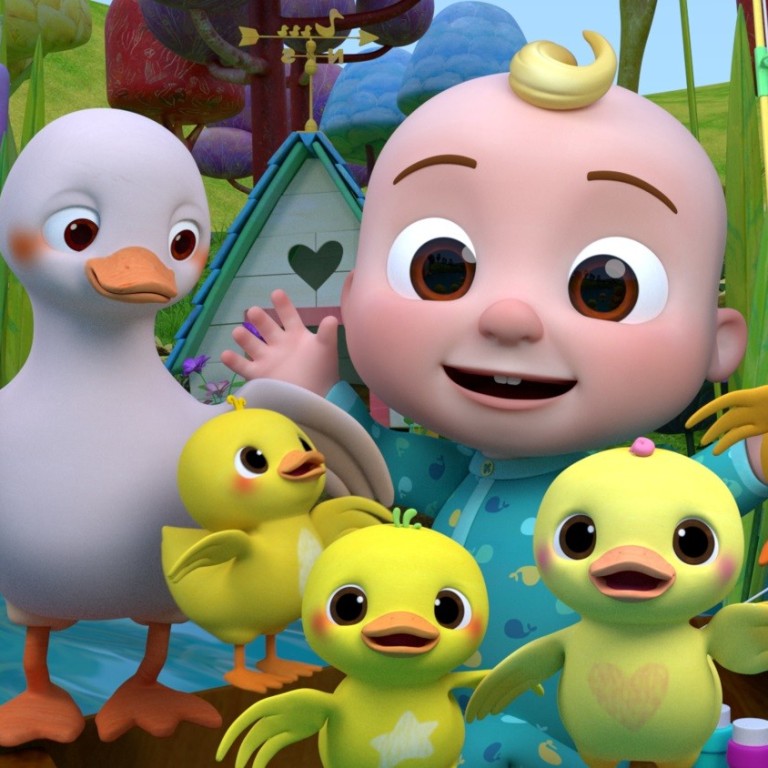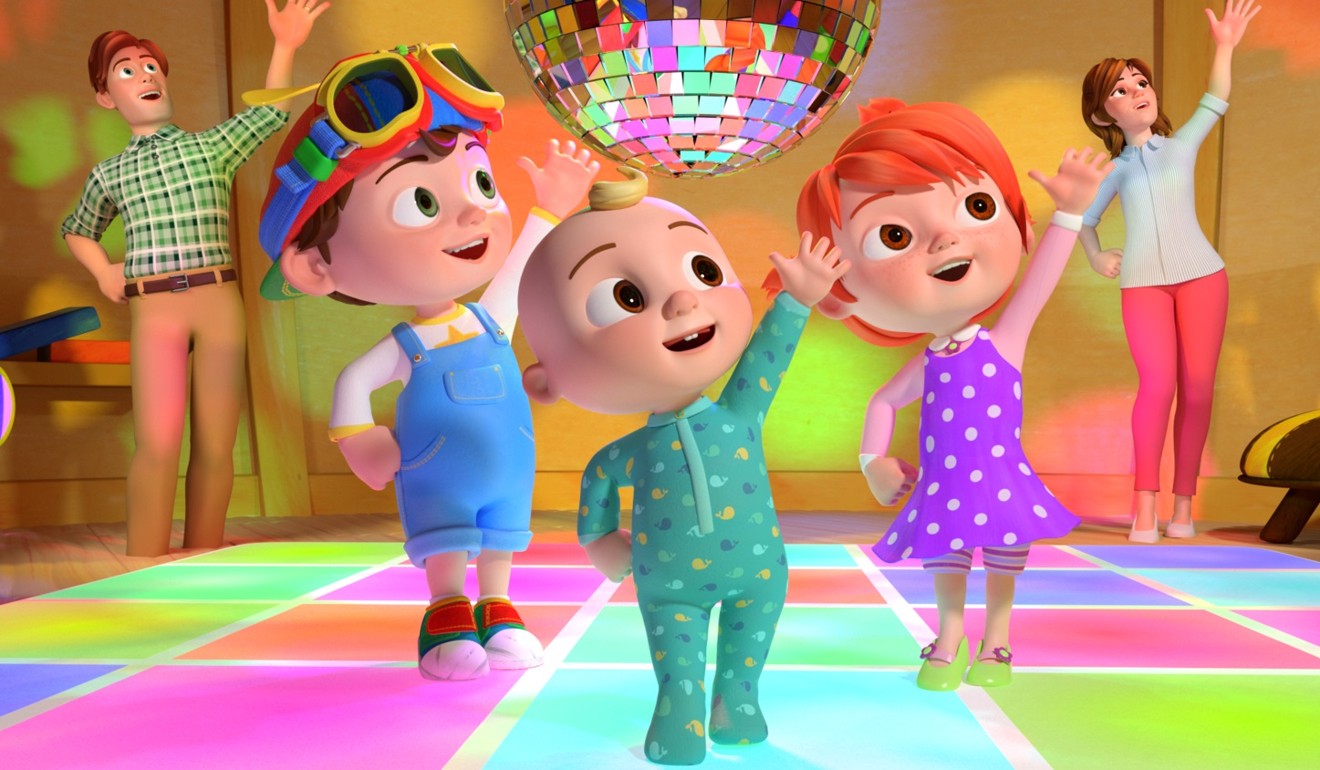
How YouTube’s main consumers – young children – are at risk from unsuitable content
- YouTube is not meant for under-13s, but most of its popular channels are aimed at babies, toddlers and young children
- Autoplay algorithms can include unsuitable, mature or racist content along with kids’ videos
To understand just how severe YouTube’s kids problem is, take a look at the popularity charts.
You might expect the No 1 channel on the most popular Google-owned video network to be a brash, foul-mouthed videogamer such as PewDiePie (that was long ago), a new, up-and-coming teen sensation like a Kyle Hanagami or a celebrity heavy tie-in, like music videos from Ariana Grande or footage from the Kardashian sisters.
The No 1, most-viewed YouTube channel in the United States belongs to a team of animators from Irvine, California, that produces weekly animated preschool singalongs, under the Cocomelon brand.
In the past 30 days alone, Cocomelon has pulled in more than 2.5 billion video views, which averages out to 83 million young viewers daily. Combined, the major four TV broadcast networks averaged just 13 million viewers daily during the TV season.
This is a problem? It is when you keep going down the chart and see that six of the top 10 channels are also targeting babies, toddlers and first-time students, with a mix of more nursery rhymes, play dates and toy reviews.
YouTube’s most popular programming targets kids, the same group that’s supposedly not allowed to watch the channel, per Google’s terms of service.
“The service is not intended for children under 13. If you are under 13 years of age, then please do not use the service,” the terms say. “There are lots of other great websites for you. Talk to your parents about what sites are appropriate for you.”

Reports recently surfaced that the United States Federal Trade Commission was set to respond to complaints from interest groups to get YouTube to clean up its act for its handling of children’s videos.
What’s going to stop paedophiles from seeking out videos starring young children on YouTube Kids, as opposed to YouTube proper
After all, YouTube is home to both nursery rhymes and coming out videos, sports recaps, make-up tips, tech reviews, and what critics have said are a cesspool of conspiracy, hate speech and racist videos.
Its algorithm uses data gleaned from Google accounts to match your viewing history with autoplay recommended videos of a similar genre. And sometimes the autoplay gets it wrong.
Instead of clips from the movies, YouTube could also offer up “Woodie (note the intentional misspelling) and Jessie Make a Porno”, featuring the toy versions of the characters simulating sex, one of many Toy Story-meets-sex videos easily found on YouTube. This might not be what the parents had in mind.

Other recent controversies included paedophiles commenting on videos of young children, which provoked YouTube to say it would change its commenting policy, and not allow channels with minors to include a comment section. However, Cocomelon, with animated kids, is full of comments, as is the porn-tinged Toy Story video noted above.
Now, according to The Wall Street Journal, YouTube is prepared to do something potentially radical, such as removing all children’s programming from the network, and put it instead on its little-used YouTube Kids app, which is aimed at babies and toddlers.
YouTube neither confirmed nor denied this, saying: “We consider lots of ideas for improving YouTube and some remain just that – ideas.”

Clearly, Google needs to do something. Variety suggested this isn’t the solution.
“What’s going to stop paedophiles from seeking out videos starring young children on YouTube Kids, as opposed to YouTube proper?” wrote Variety’s Janko Roettgers. “And how would a separate service prevent parents from exploiting their children for profit?”
Since the machine learning and artificial intelligence, combined with some human involvement, aren’t catching all the unsuitable submitted videos and comments, Roettgers suggests Google should turn its kids area into a curated platform, akin to how it’s done on TV. Videos would need to be submitted, watched and approved.
It would be a lot more work and very expensive, but a whole lot cheaper than paying the government a giant fine. And way more responsible, too.

